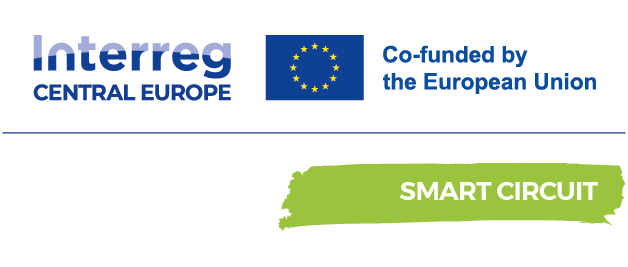Product Life Cycle Assessment – LCA Analysis
The Life Cycle Assessment (LCA) method is used to analyse the environmental impact of products, goods and services throughout their life cycle – from raw material extraction, production and transportation to use, disposal or recycling. This method helps identify ways to reduce greenhouse gas emissions (CO₂), waste and resource consumption while enabling companies to align their production processes with green transition goals.
Different LCA analyses involve various stages, which sometimes follow one another with clear boundaries while at other times some of them overlap, meaning that one stage begins before the previous one has fully concluded. Additionally, not all elements are always included in LCA analyses. Depending on the objective and scope of the assessment, it may not be necessary to carry out all possible steps.
There are 4 main phases of Life Cycle Assessment (LCA):
1. Defining the Goal and Scope – this phase determines the purpose of the analysis and the key aspects to be assessed
2. Life Cycle Inventory (LCI) Analysis – data is collected on all inputs (raw materials, energy) and outputs (emissions, waste) throughout the product’s life cycle
3. Life Cycle Impact Assessment (LCIA) – the potential environmental impacts are analysed based on the collected data, including gas emissions (CO₂), resource consumption and pollution
4. Interpretation of Results – The analysis results are evaluated; key impacts are identified and recommendations are made to improve the environmental sustainability of the product.
Today, various software tools enable users to analyze environmental impacts.
CarbonGraph EcoScan is a free tool that allows analysis and quick calculation of various factors affecting greenhouse gas emissions. This tool can be accessed HERE.
You can also get short and simple instructions on how to conduct an LCA analysis through four videos:




